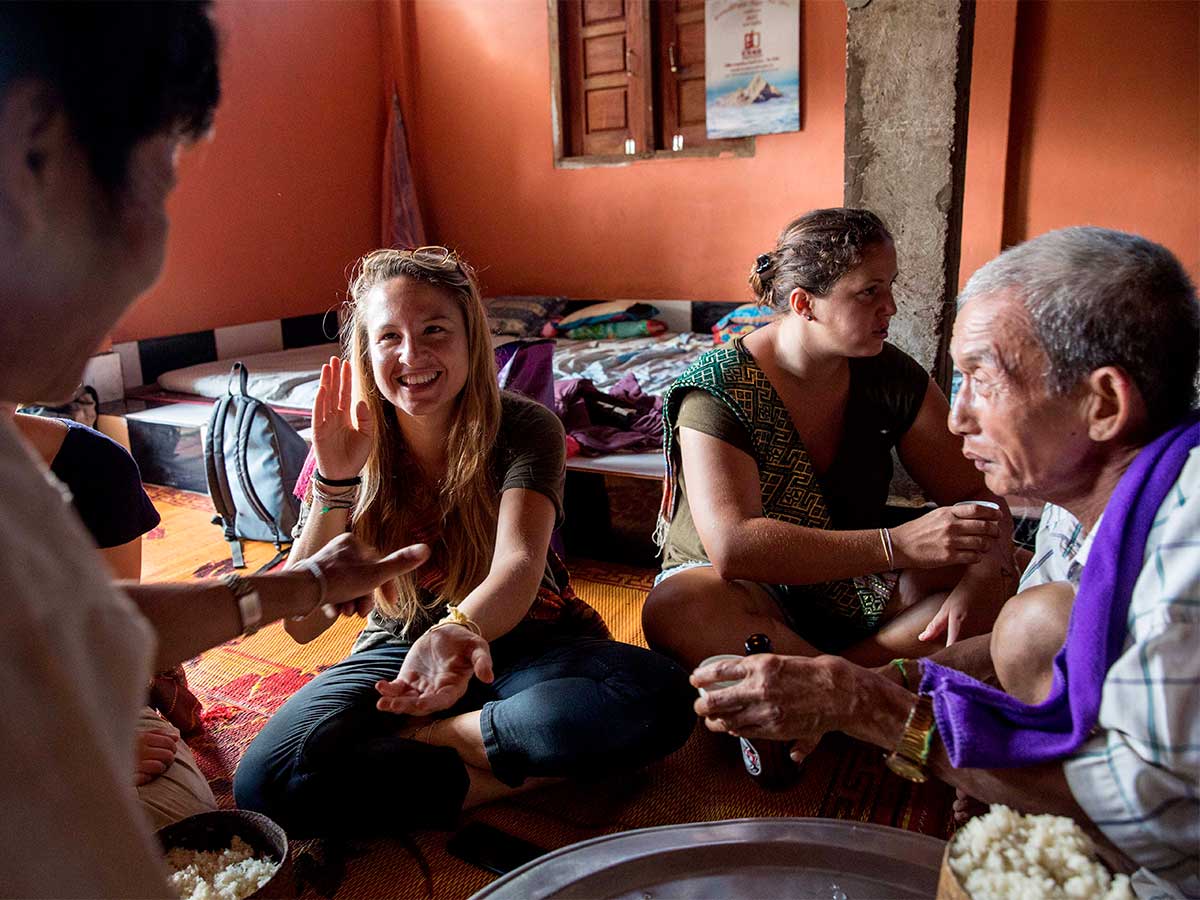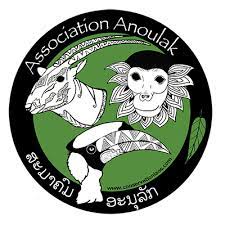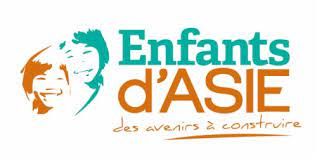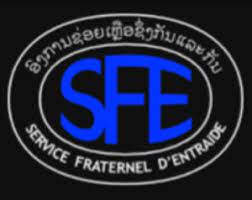Identity card
- Official name: Lao People’s Democratic Republic
- Head of State: Thongloun Sisoulith (enthroned on 22 March 2021)
- Capital city: Vientiane
- Main cities: Vientiane, Savannakhet, Pakse, Luang Prabang, Thakhek, Vangvieng, Sekong, Luang Namtha
- Official language(s): Lao
- Spoken language (s): Lao (official and mother tongue, spoken by approx. 58.1% of the population), minority and immigrant languages in addition to French and English
- Currency: Kip (KIP) 1 euro = ± 13,157 KIP
- Population: 7.4 million inhabitants
- Literacy rate: 79.9% for 15-24 year olds
- Religion(s): Buddhism, Tai folk religion, Christianity
(Sources: demographic data: UNFPA/UNDP; economic data: DGTPE (French Treasury and Economic Policy Directorate General), European Union)
General presentation
A former French colony, the Lao People’s Democratic Republic (hereafter Laos) has, since its independence in 1975, been ruled by the Lao People’s Revolutionary Party (LPRP), a single party of communist inspiration, which ensures the country’s political stability and continuity. The President is elected by Parliament, which is renewed every 5 years. Public policies are defined by the Communist Party, the single ruling party, which consists of a Politbureau (11 members) and a Central Committee (32 members).
Laos has a population of 7 million and an area half the size of France. Its capital is Vientiane (820,000 inhabitants at the last census in 2015). The territory is divided into 18 provinces. The Lao deconcentrated administration is divided as follows: central level – provincial – district – village.
Laos has long acted as a buffer state between Vietnam and Thailand due to its landlocked location in the heart of the Indochina peninsula. Today, Laos intends to go beyond this traditional role to become a crossroads for the countries of mainland South-East Asia and southern China. In 2017, official development assistance reached a total of US$475.9 million (OECD, 2018).




















